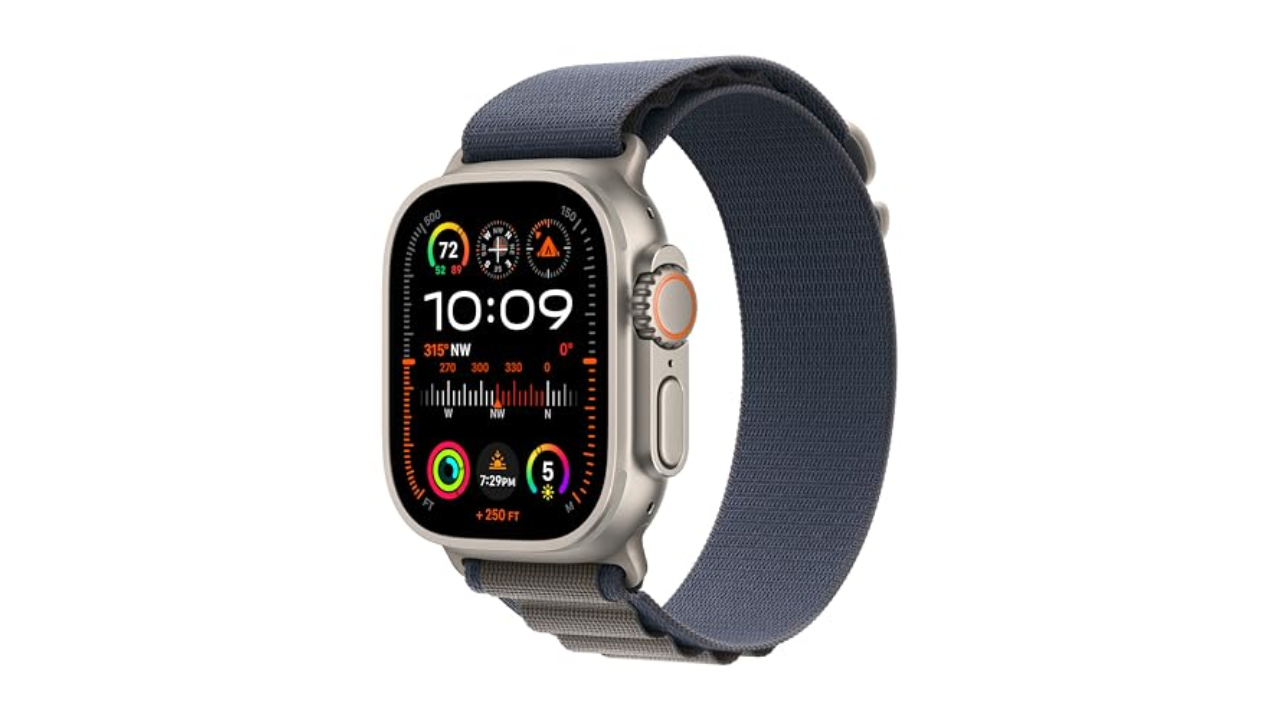
My mom has multiple sclerosis. She was diagnosed when I was just 10 years old. I remember thinking then, and many times since, that she would miss out on so many things because of it. Yet, despite it, my mom is still sassy-strong and living a full life. She was determined to go places, see things, be the best mom and grandmother. And she did. She figured out what needed to change so she could accomplish her goals. She asked for what she needed. She made her needs clear. And she made us all better for it. She has greatly influenced me in the many business conversations I’ve had about disability inclusion throughout my entire career.
My experience is unique, yet many others have their own. According to the World Health Organization, approximately 1.3 billion people—16% of the global population—are living with a disability. So it’s hardly a stretch of the imagination to suggest this is an issue that connects to all of us, and it’s vital that we collectively rise to the challenge of greater disability inclusion.
Not only is it the right thing to do for humanity, but it’s also the smart thing to do for business. Inclusion across every capacity leads to greater innovation, stronger ideas, better teaming, and overall better business.
In “The Disability Inclusion Imperative,” a joint report by Accenture and Disability:IN, we learned that companies that go above and beyond in in their disability inclusion efforts drive more revenue, net income, and profit. They are also approximately 25% more likely to outperform their peers in productivity, as measured by revenue per employee.
The research uncovered how “disability inclusion leaders”—those companies that stand out for best-in-class leadership in areas specific to disability employment and inclusion—generally produce 1.6 times more revenue than other surveyed companies, 2.6 times more net income, and fully twice as much economic profit.
And that is no coincidence. Disability-inclusive workplaces are accessible and barrier-free. And the result is that when everyone is included to be their best, everyone thrives, and innovation is unleashed. Like all people, persons with disabilities can be great contributors for organizations when they are included, offering unique perspectives that help shape holistic approaches to problem-solving and innovation.
And disability-inclusive workplaces can help create a positive feedback loop which will change lives for the better. For example, there are nearly 2 million business owners with disabilities in the United States alone. By being aware of more diverse suppliers—and actively seeking them out—companies can promote opportunities for disability-owned businesses and cultivate a more inclusive marketplace overall.
There’s also the small matter of how people with disabilities are estimated to have nearly half a trillion dollars in disposable income (not counting for their family, friends, and advocates). Yet they’re an underrepresented and underserved segment of the population. There are opportunities for product development and improved market reach just waiting to be tapped. All of these small movements stitched together can add up to create an enormous difference.
So that’s why I’m part of a newly announced cross-industry coalition of chief marketing officers and chief communications officers who are setting out to improve disability inclusion across the marketing and communications industry. The coalition is supported by Disability:IN and our partners including CMOs and CCOs from companies such as TD Bank, Adobe, Experian, Salesforce, SAP, and more.
Our growing coalition has six broad objectives: representation, education, employment opportunities, leading conversations through thought leadership, developing accessible content for marketing and communications teams, and community-building. We know as marketing and communications professionals, we have great power in ensuring accurate and authentic representation, creating equal experiences, and ensuring our work can reach all audiences. If we come together, the work from our industry can be accessible, inclusive, and even more creative and impactful.
We encourage all marketing and communications leaders to consider joining our coalition. (You can learn more on the coalition webpage.) Recruitment, training, production processes, platform changes, and education will all be shaped and defined by our members, helping businesses to meet their diversity and inclusion goals and maximize the benefits of doing so.
The good news is that we’ve seen positive improvements in recent years. For example, while 29% of working-age people with disabilities were employed in 2018, that number has risen to 37% today thanks in part to an increase in remote-working opportunities. But we should be under no illusions about the scale of the challenge which remains to be met. Consider how even that improved number is less than half of the 76% of working-age people with no disability who are currently employed.
Ensuring that this progress continues, then, requires that we collectively step up for the common good. And that’s precisely what this coalition is all about. It’s the first step toward making our world and our businesses a better, more inclusive place.
Jill Kramer is the chief marketing and communications officer of Accenture and the co-chair for the cross-industry coalition of chief marketing officers (CMOs) and chief communications officers (CCOs) to advance accessibility in marketing powered by Disability:IN. Accenture is a partner of Fortune’s MPW Next Gen.
Credit: Source link










